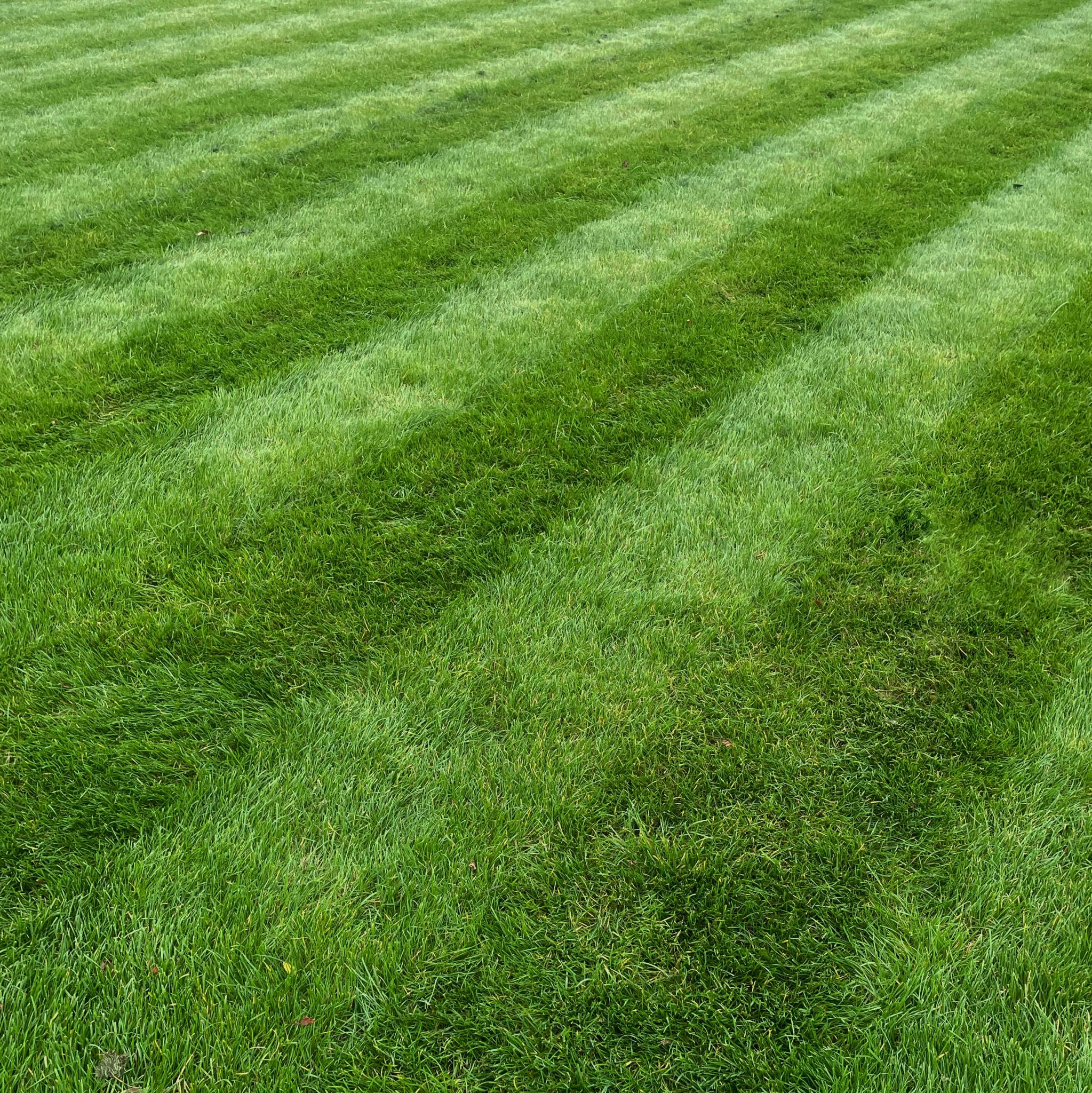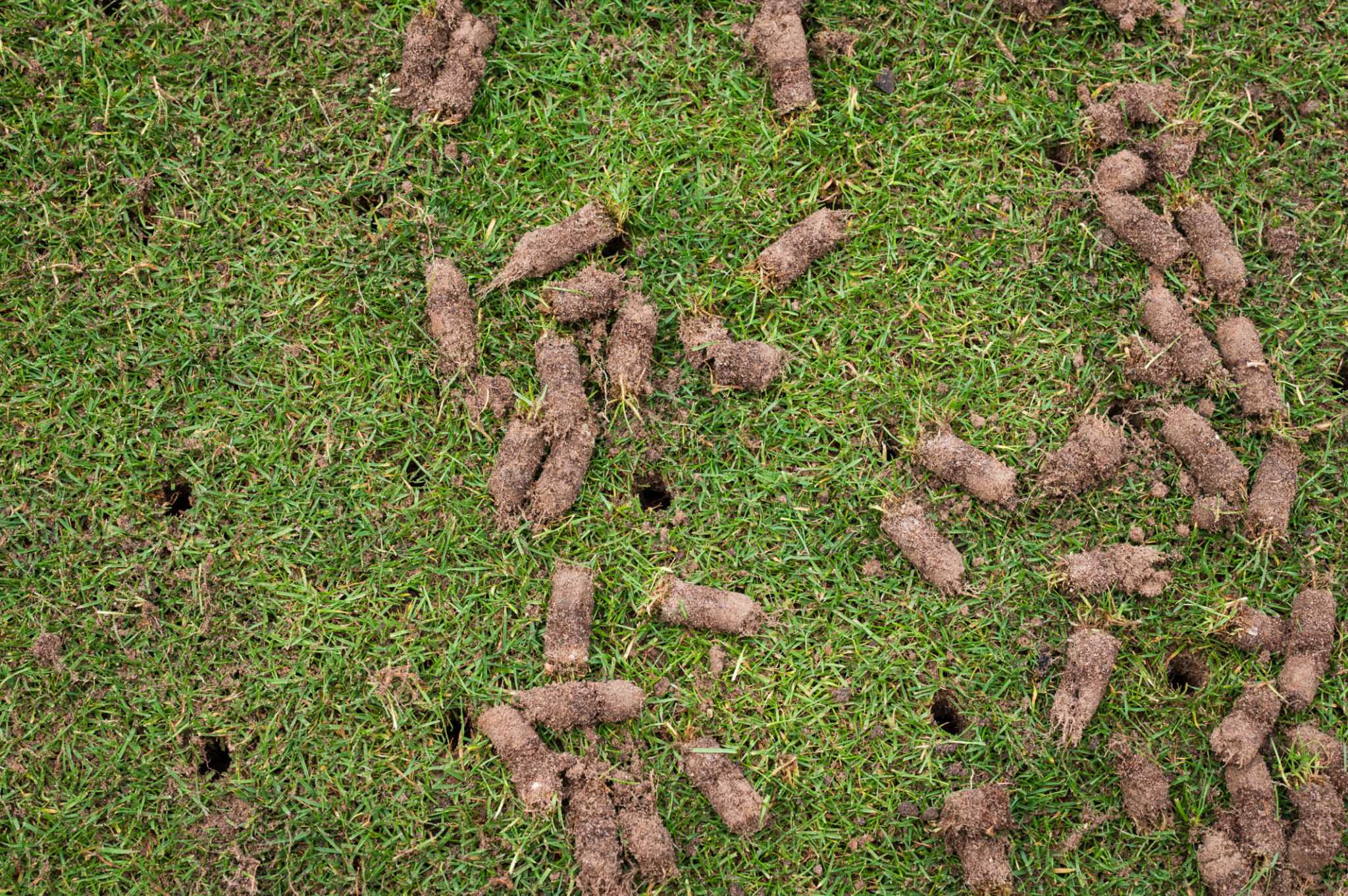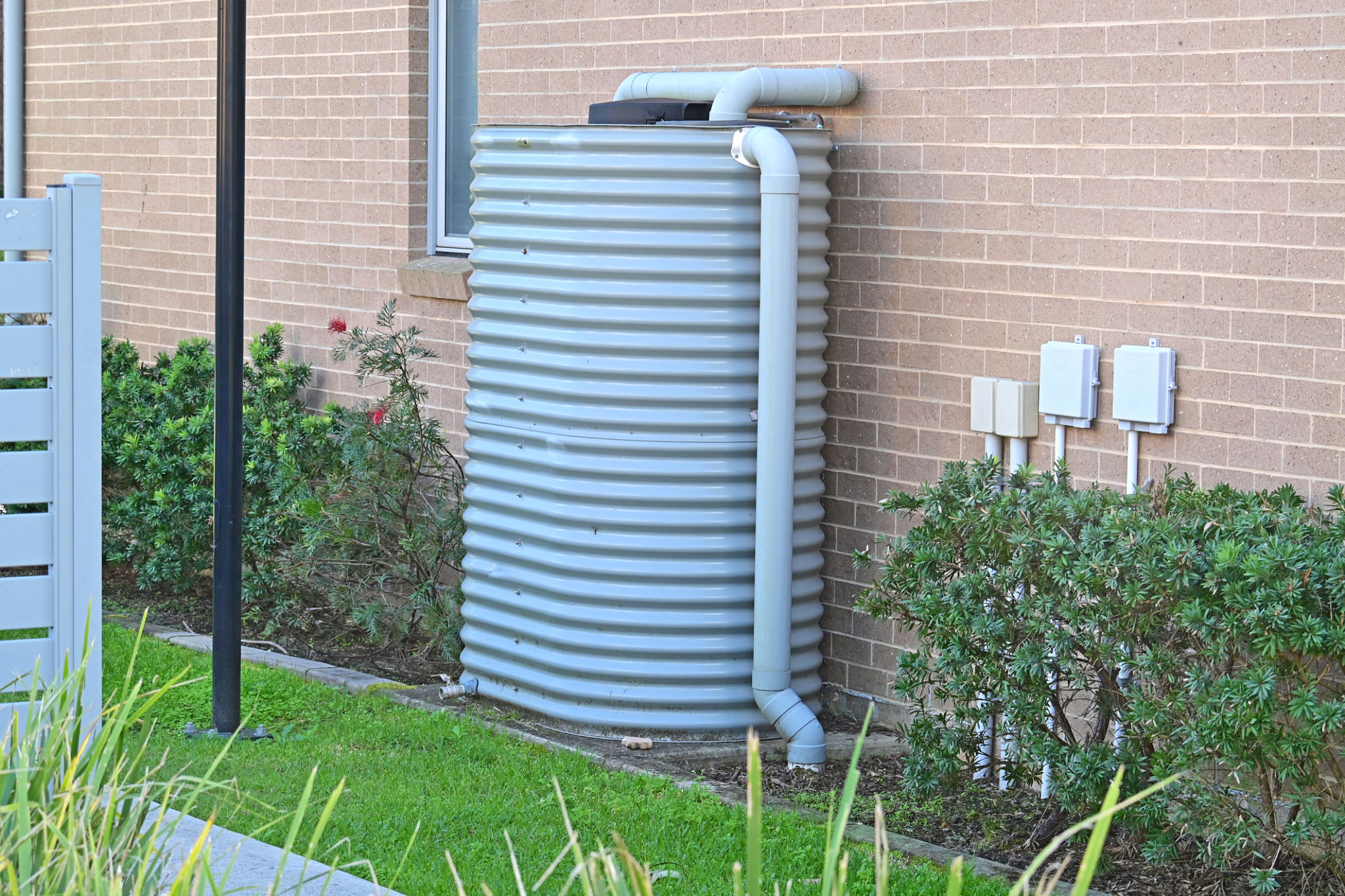Preparing Your Lawn for Winter in Castle Hayne: A Sustainable Approach
Understanding the Importance of Winter Lawn Preparation
As the vibrant greens of summer give way to the crisp hues of autumn, it's time to start thinking about preparing your lawn for winter. In Castle Hayne, where the climate presents specific challenges, taking a sustainable approach to lawn care can help ensure a lush, healthy yard come spring. By focusing on environmentally-friendly practices, you can protect your lawn and the local ecosystem.
Winter preparation is crucial as it helps your lawn withstand cold temperatures and potential snow coverage. By implementing a few strategic steps, you can enhance your lawn's resilience and foster a healthy regrowth once the warmer months return.

Soil Testing and Aeration
Before the winter chill sets in, consider conducting a soil test to determine nutrient levels and pH balance. This information will guide you in selecting the appropriate fertilizers or soil amendments. In Castle Hayne, where sandy soils are common, maintaining optimal soil conditions is essential for a thriving lawn.
Aeration is another critical step in winter preparation. This process involves perforating the soil with small holes to improve air circulation, water absorption, and nutrient penetration. Aerating your lawn in the fall can help roots grow deeply and produce a stronger foundation for the coming spring.

Eco-Friendly Fertilization Practices
Fertilizing your lawn before winter provides it with essential nutrients needed for survival during colder months. Opt for organic or slow-release fertilizers, which feed the grass gradually without overwhelming it. These eco-friendly options minimize runoff and reduce the risk of water pollution in local waterways.
Apply fertilizer in late fall when the grass is still growing but temperatures are cooler. Be sure to follow label instructions to avoid over-fertilizing, which can harm both your lawn and the environment.

Mowing and Leaf Management
Continue to mow your lawn until growth stops, gradually lowering the cutting height with each mow. A shorter lawn in winter helps prevent disease and mold growth. However, be cautious not to cut too short, which can stress the grass.
In addition to mowing, manage fallen leaves by mulching them into your lawn instead of raking them away. Mulched leaves decompose and enrich the soil with organic matter, reducing waste and enhancing soil health.
Water Conservation Techniques
While it's important to keep your lawn hydrated, over-watering can lead to excessive runoff and wasted resources. As temperatures drop, reduce watering frequency but continue to water deeply when needed to encourage deep root growth.
Consider installing a rain barrel to collect rainwater for irrigation purposes. This sustainable practice not only conserves water but also reduces your utility bills.

Sustainable Pest Control
Pests can become problematic even as winter approaches. Implementing integrated pest management (IPM) strategies can help control pests naturally without relying on harmful chemicals. Introduce beneficial insects or use organic pest control solutions to maintain a balanced ecosystem in your yard.
By focusing on these sustainable practices, you can ensure your Castle Hayne lawn remains healthy throughout the winter months. Not only will you enjoy a beautiful green space come spring, but you'll also contribute positively to the environment.